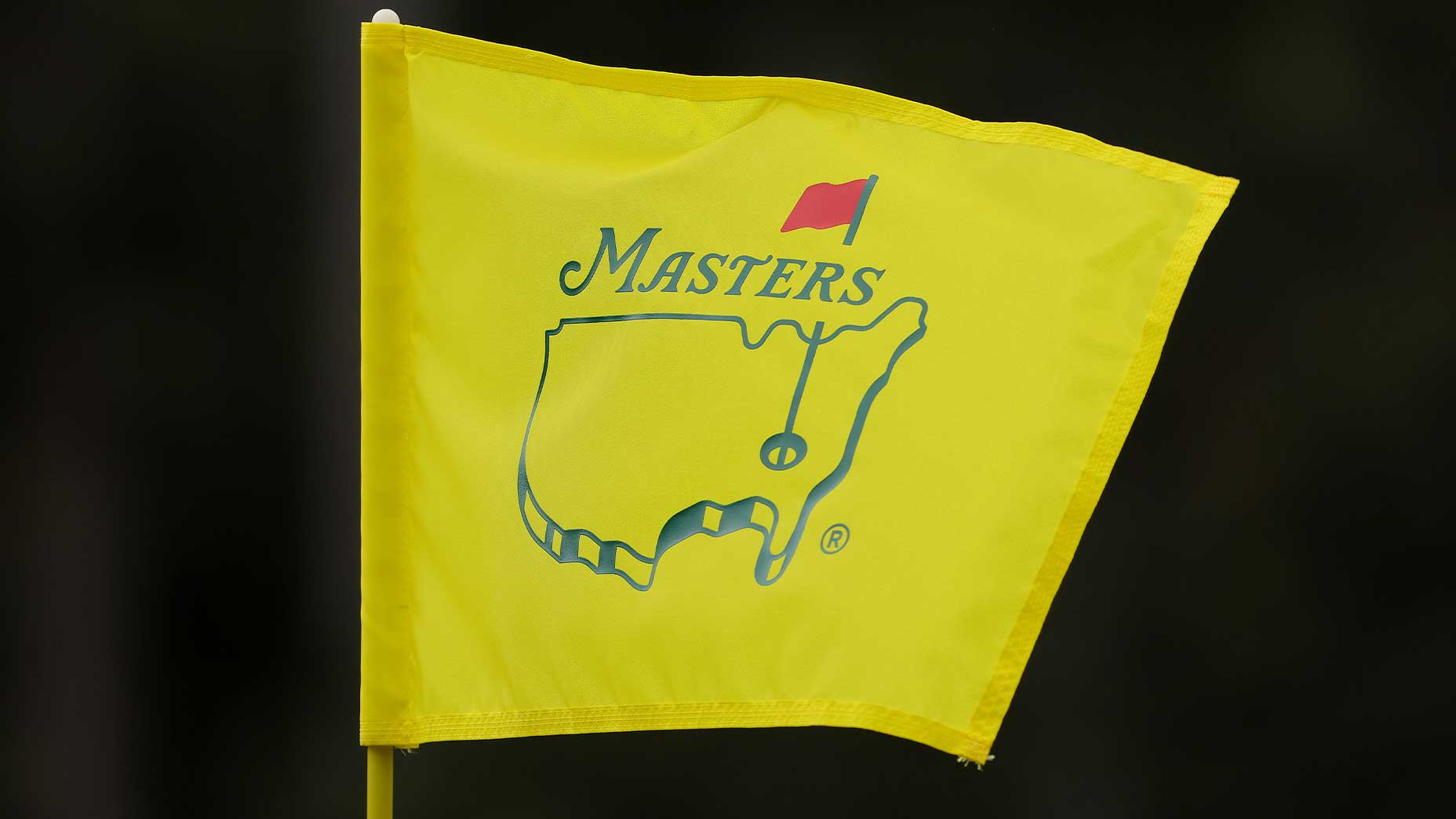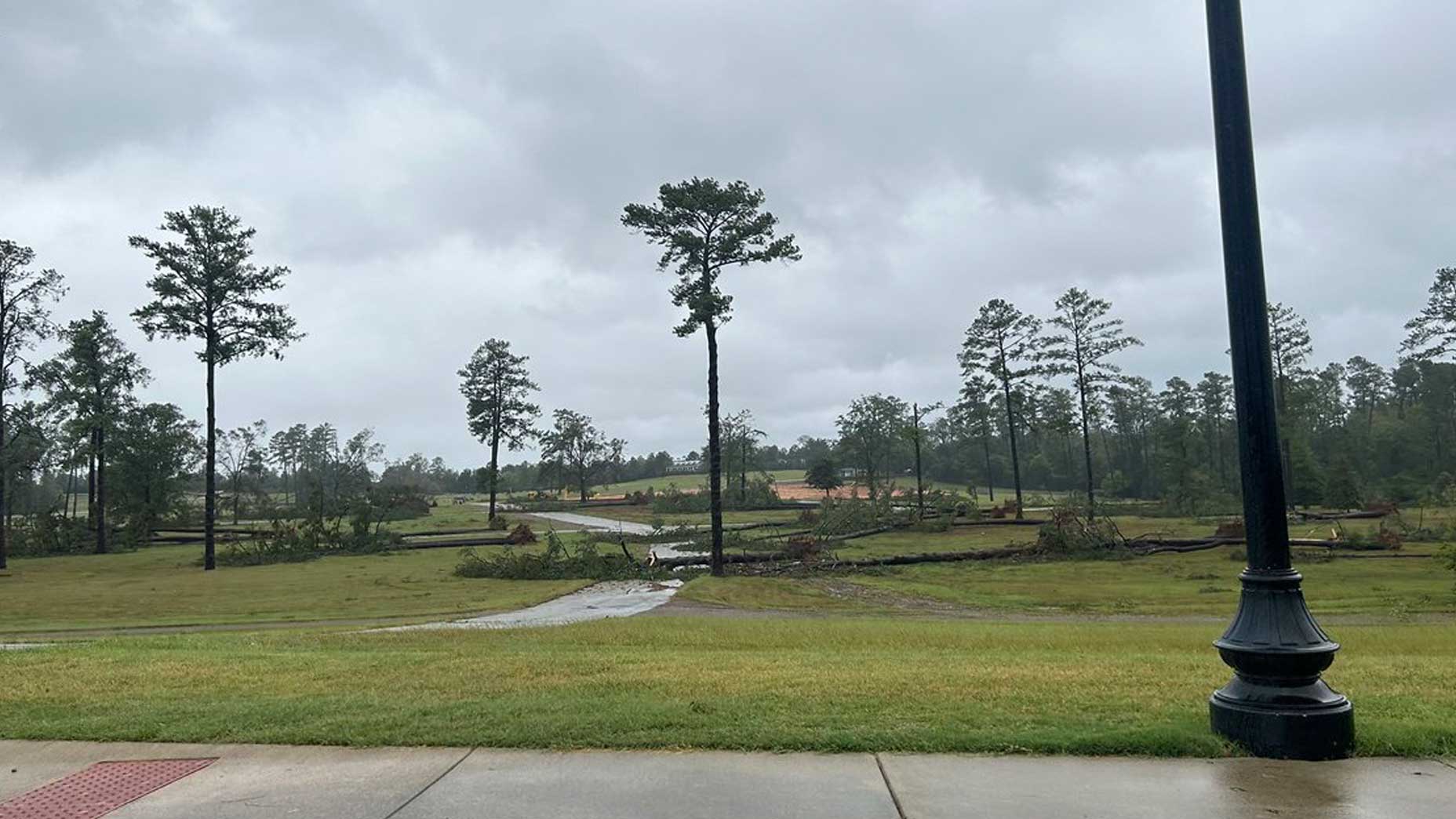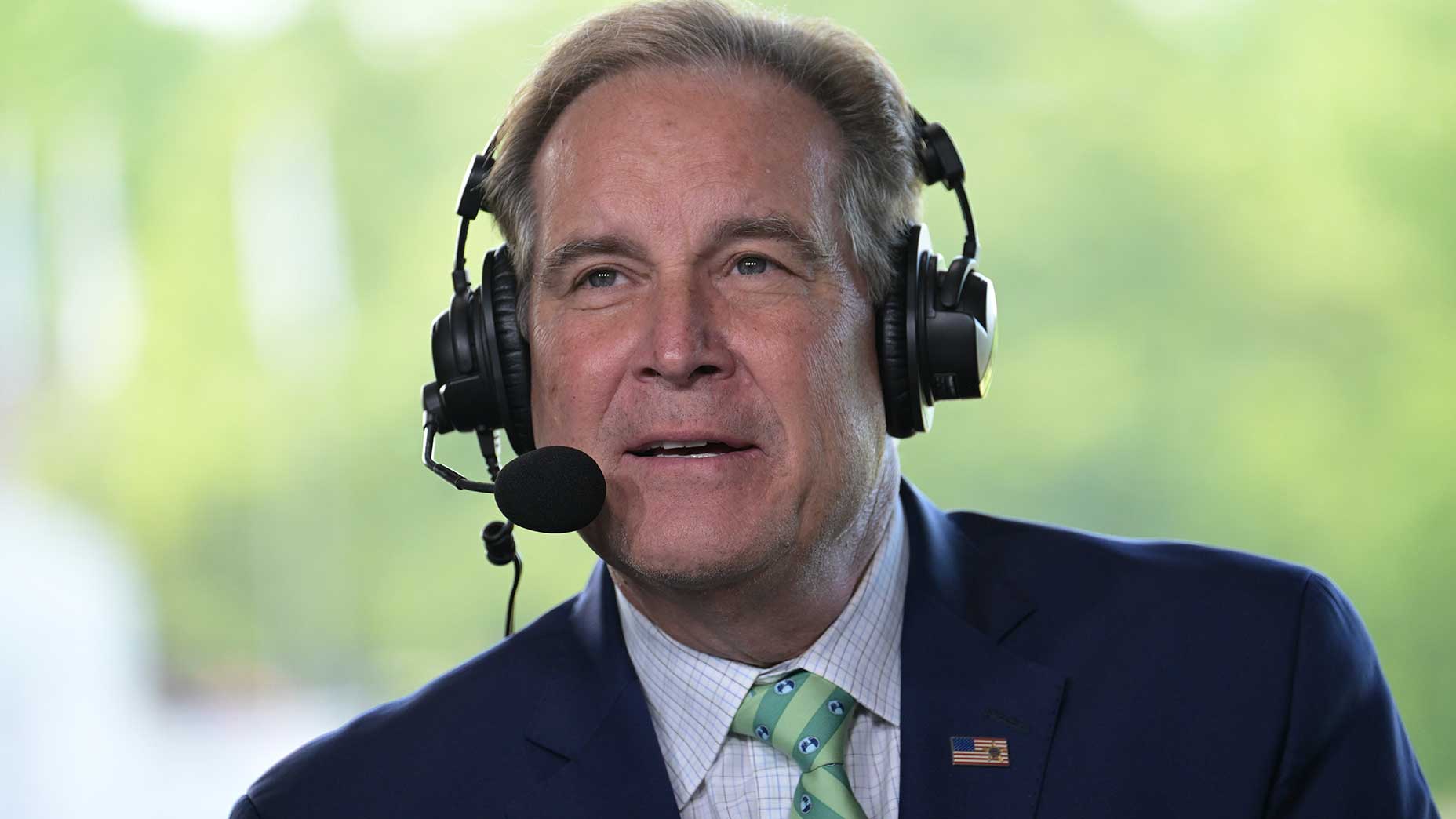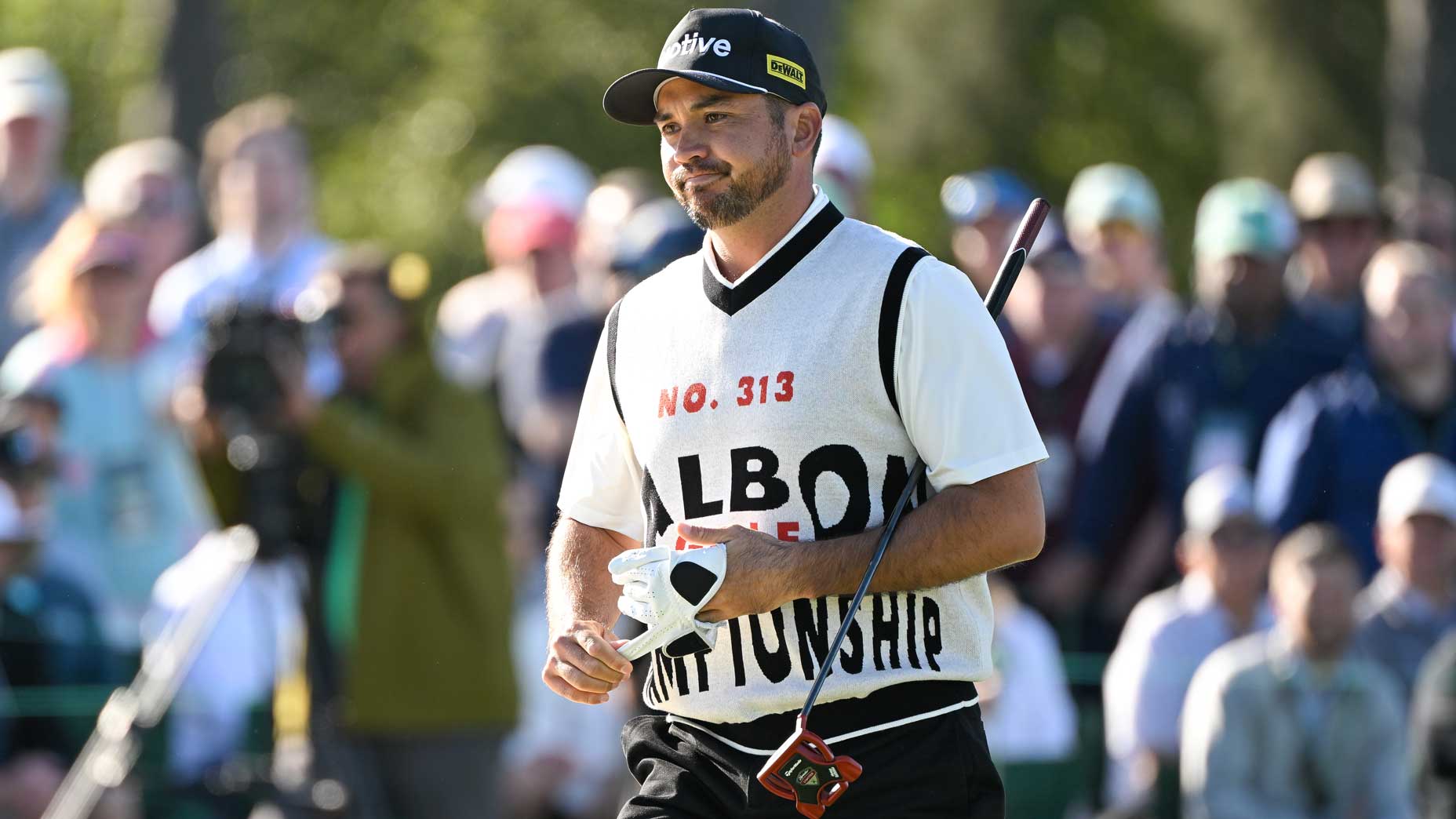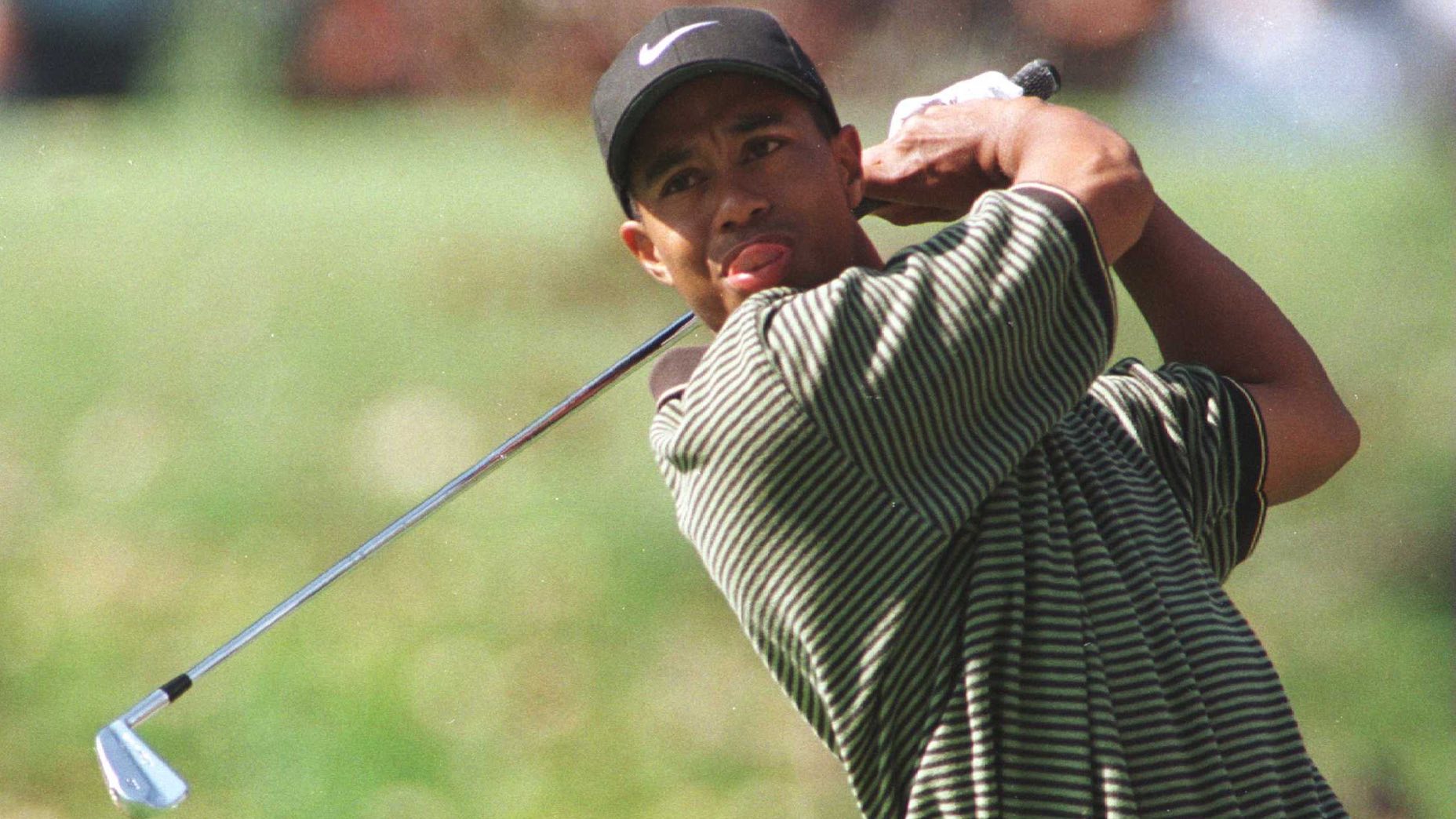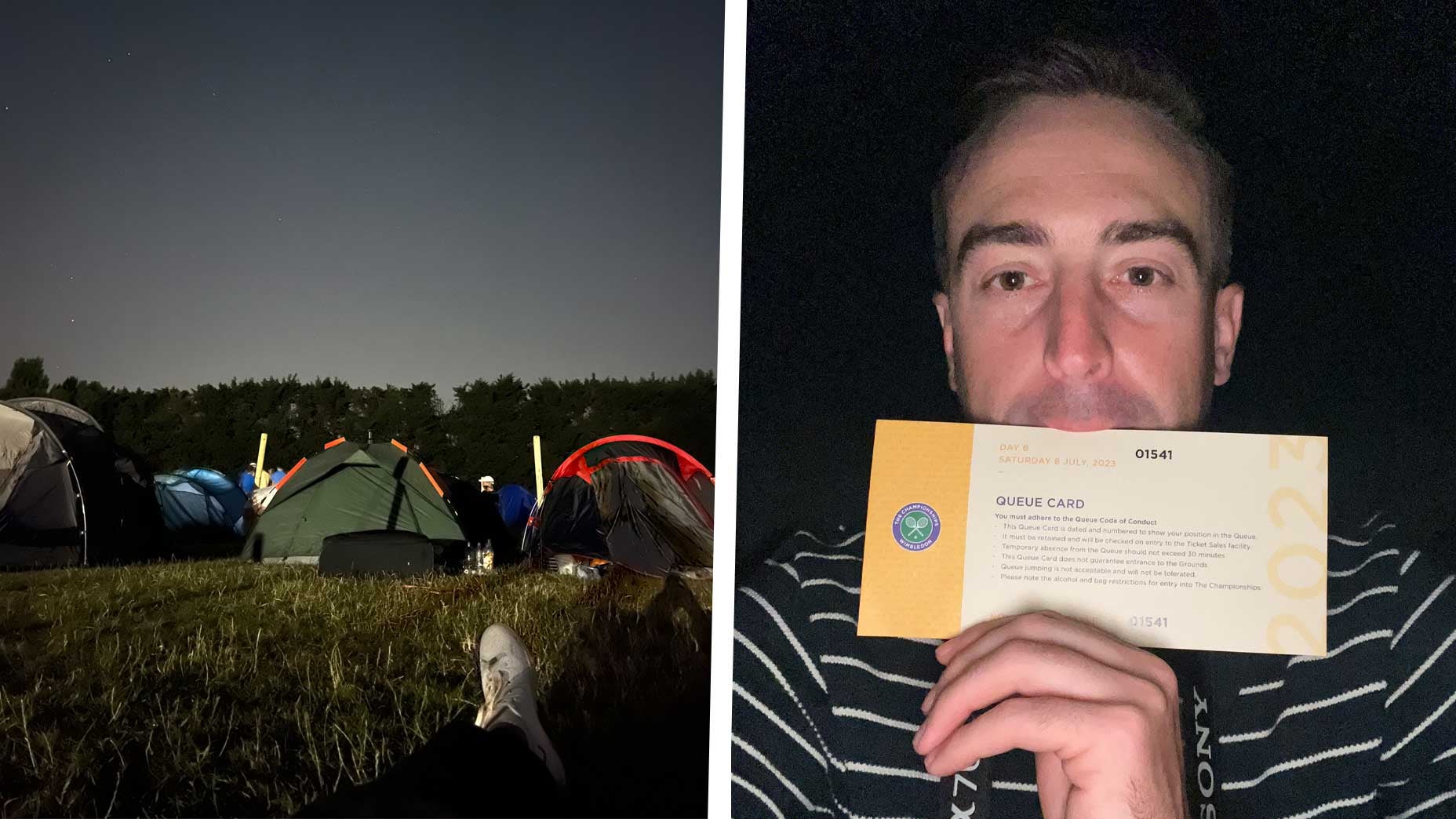What 100 practice holes at Augusta National taught this Masters rookie
- Share on Facebook
- Share on Twitter
- Share by Email
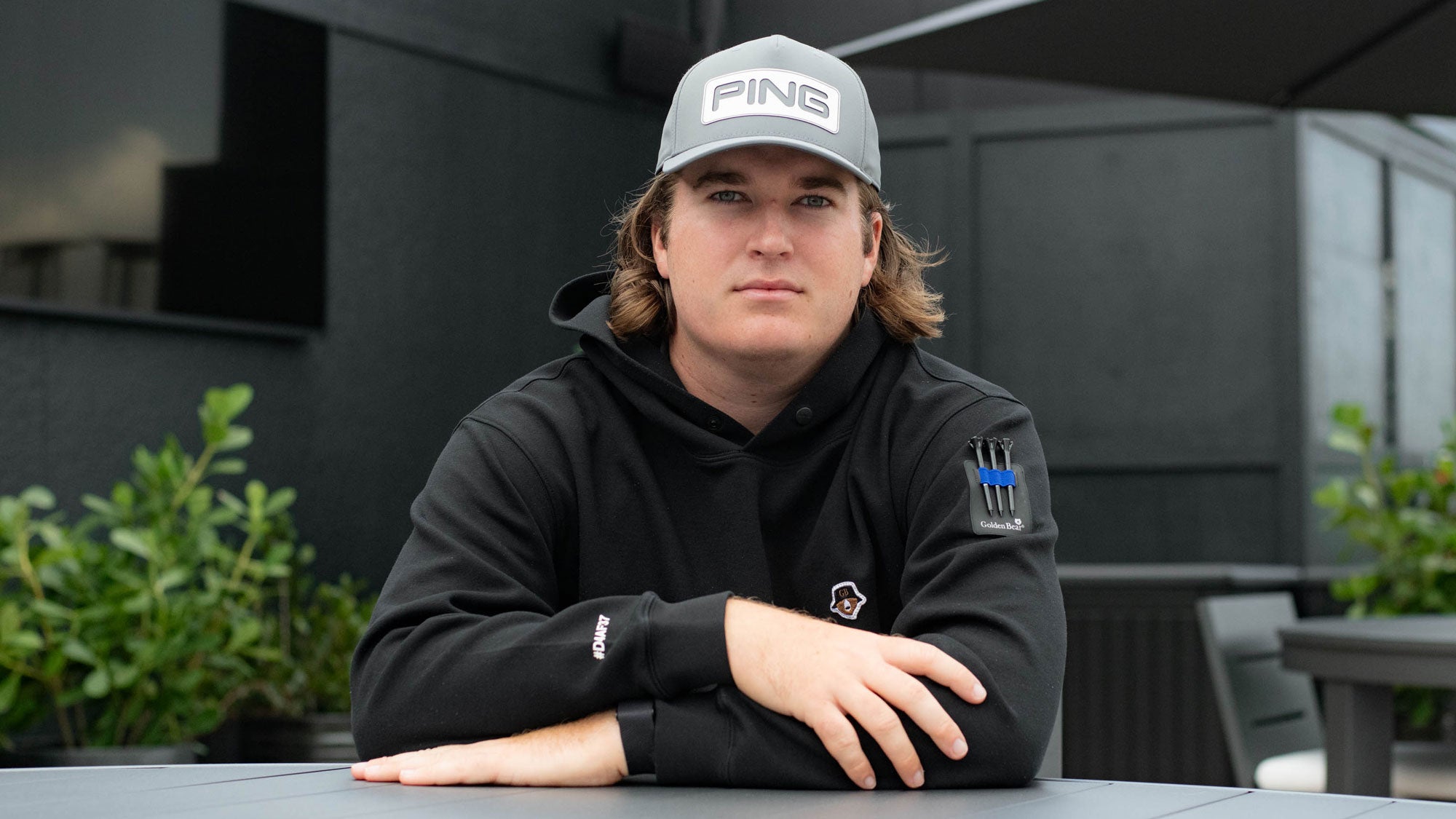
Neal Shipley stamped his invite to Augusta with a runner-up finish at last year's U.S. Amateur.
Ryan Rodriguez
Neal Shipley got his first glimpse of the Masters as a little boy, sitting in a Pittsburgh-area restaurant with his parents, where the tournament was playing on TV.
It was Sunday, April 10, 2005.
Shipley knows the date because he recalls a shot: Tiger Woods’ famous chip-in for birdie on the 16th hole, the one that doubled as a Nike ad as Woods’ Swoosh-emblazoned ball paused on the cup’s edge before tumbling in.
Young Neal was transfixed. He has tuned into every Masters since. “In high school it became a problem,” he says. “I’d get myself into trouble trying to sneak a peek on my computer during class.”
This year will be different, though, because Shipley, who is 23 and a fifth-year senior at Ohio State University, will not be watching. He’ll be doing something better. He’ll be playing in his first Masters, an invitation he earned through his runner-up finish in the 2023 U.S. Amateur, and donning apparel (see below) inspired by six-time Masters champion and fellow Buckeye, Jack Nicklaus.
The Masters is notoriously tough on rookies, and Augusta National has a steep learning curve. But Shipley is a dutiful student. After completing a degree in quantitative finance in just three years at James Madison University (with minors in math and economics), he transferred to Ohio State, where he has earned a master’s in data analytics while starring on the golf team. He’s in his final year of eligibility at OSU, and in recent months, he’s been balancing his collegiate schedule with Masters prep.
As as amateur invitee, Shipley is entitled to five practice rounds at Augusta National before the week of the tournament. He made his first reconnaissance trip in January (he’d never set foot on the property before) and his last pre-tournament visit on Easter Sunday.
“I’ve played more than 100 holes already,” he says. “So I’m beginning to get a little bit of a feel for the course.”
As Shipley knows, the tournament will be a rigorous exam. What has he learned while cramming for it?
GOLF.com spoke with Shipley about the insights he has gained into Augusta, and how the course compares to the image of it he formed as a kid. Here are 9 of his takeaways.

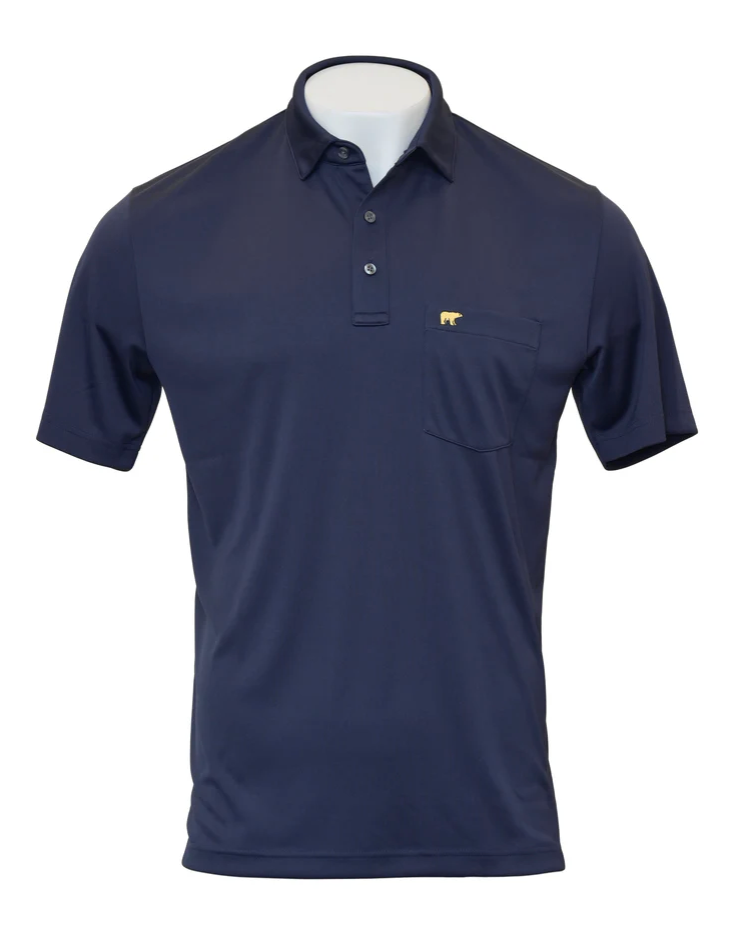
Nicklaus Heritage Polo Shirt
1. The arrival is surreal
Like most first-timers to Augusta National, Shipley was struck by the low-glamour lead-up along Washington Road. “You take that exit off the highway, you pass the Hooters where John Daly hangs out, and it’s pretty unimpressive,” Shipley says. But then you make another turn, and the scene becomes surreal. “Once you’re through the gate, it’s paradise,” he says. “I was probably going three miles per hour down Magnolia Lane, just making sure to take it all in.”
2. The adrenaline is real
It isn’t often that elite golfers get first-tee jitters during practice rounds. Then again, it isn’t often that elite golfers play their first-ever practice round at Augusta. Back in January, as he waggled over his opening tee shot, Shipley felt an adrenaline rush. Further proof of the surge came after he made contact. The fairway bunker on the right side for the 1st hole is a 315-yard carry. Under normal conditions, Shipley says he can fly it about 305 yards. Clearly, these weren’t normal conditions. “I carried that bunker by 10 yards or more,” he says. “That’s how amped up I was.”
3. It pays to play the holes backward in your head
People say Augusta is a “second-shot course.” Maybe so. But the second shot depends on the one before it. “You really have to think about where the pin is and what type of angle you want to have in,” Shipley says. “Then you start thinking backwards about the club you’ll need on the approach, and then what you’ll need to hit off the tee to put yourself in that position.” A prime example is the short par-4 3rd hole. “If the pin is back right, I’m hitting driver to push it all the way up there for a short pitch and a good angle to the flag,” Shipley says. But if the cup is cut in the front middle or front left, “those are really more accessible from around 115 yards, which means you’re laying back with iron off the tee.”
4. Western Pennsylvania is good training ground
Augusta National is unique. But Shipley says the rolling topography reminds him of the lilting tree-lined land in Western Pennsylvania where he learned to play. That he caddied at Oakmont, another course with famously slick and contoured greens, adds to the sense of familiarity. “Obviously, they are very different courses,” Shipley says. “But having that experience at Oakmont with all that speed and slope, I think I’m going to feel right at home.”
5. The influence of Rae’s Creek can be tough to read
You hear it all the time: putts at Augusta National tend to break toward Rae’s Creek. Shipley has found that to be true. But, he says, that influence can be subtler than it appears. “In some places, it looks like the green and everything around it is working hard toward the creek,” he says. “But then the putt itself turns out not to have as much break. There are so many subtle reads that I’m just starting to figure out.”
6. You’ve got to pick your spots
Like the football team at Ohio State, Shipley knows he’ll have to play offense and defense. Augusta National requires it. More often than not, flag-hunting is foolish, given the trouble lurking all around. But there are opportunities to take dead aim. “It depends on the hole and where they’ve put the flag,” he says. On 14 and 17, when the cup is cut in back, Shipley says he feels free to be aggressive, “because if you go a little long, it’s really not too big a problem.”
That’s not the case, though, on the par-3 6th, where getting up and down from behind the green to a back pin calls for short-game sorcery. And then there’s the 13th, a par-5 famed for its rich risks and rewards. Do you go for it in two? The decision has been paralyzing for some players. Shipley wants to make sure he has a plan. “One of the unique aspects of that hole is that second shot and just how far the ball is above your feet,” he says. “You’re pretty much aiming out the right over the creek and planning on it drawing back. It really gives you an appreciation for all of the great shots that have been hit there over there years.”
Whether and when Shipley will attempt one of those shots is another matter. He says that he’s still fine-tuning his strategy for the hole, and will likely further hone it on his next trip, subject to change when the tournament starts and other variables, like weather, come into play. Part of him wonders if it might be wise to play 3-wood off the tee, so “you’re taking the conservative approach, basically committing to laying up with a wedge and guaranteeing yourself a putt at birdie.” But the prospect of an eagle is immensely tempting. For now, though, Shipley figures that to go for it in two, “it is going to have to be 6-iron less. Five-iron is borderline. But you start getting into 4-iron or longer, you’ve got to really be feeling confident. At that point, you’re maybe 230 yards out, it gets really easy to just pull 8-iron and lay up.”
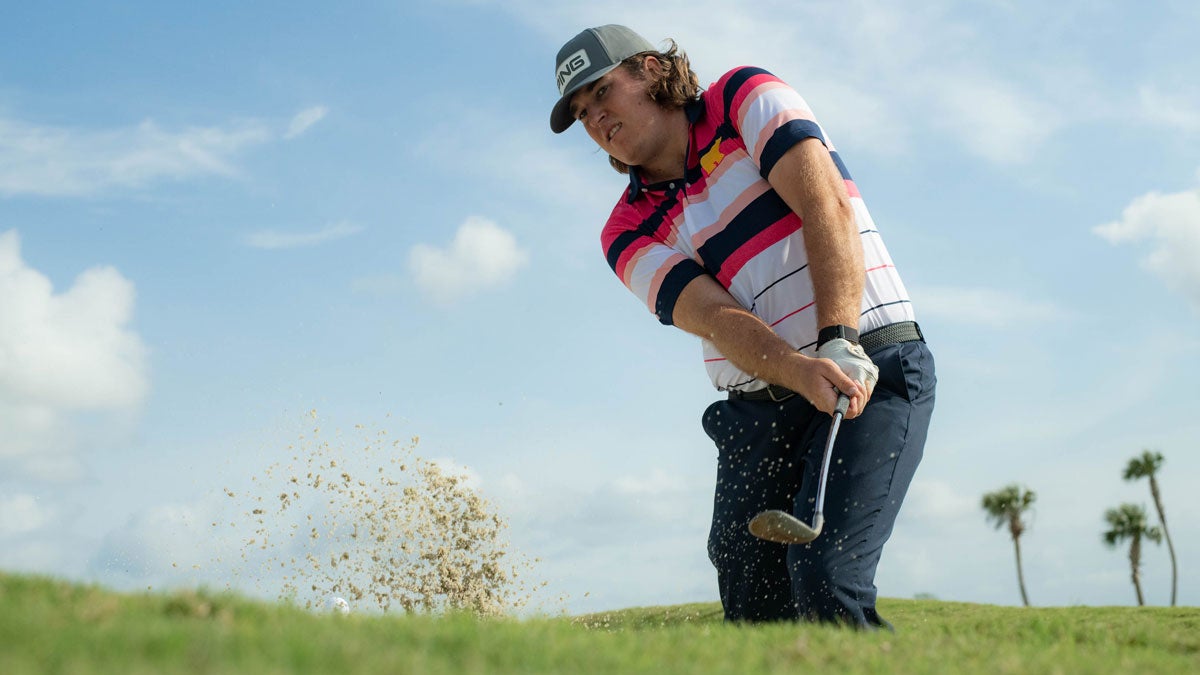
7. The new tee on the 2nd hole is a difference-maker
For this year’s tournament, the tee on the par-5 2nd hole has been drawn back 10 yards and to the left. Though Shipley never played the hole in its prior configuration, he can tell the tweak is bound to have an impact. “You’re going to have to hit it 310 or 320 with a draw to catch that downslope,” he says. “So I don’t think we’ll be seeing as many 7-irons into that green.” What’s more, Shipley says, players who favor a fade off the tee, as he does, might be inclined to leave driver in the bag. “If you cut it, maybe you just take 3-wood off the tee so you take that fairway bunker on the right out of play.”
8. There are many brains to pick
When the tournament begins, Shipley’s childhood buddy, (and current Wisconsin golfer) Carter Pitcairn, will be on his bag. But for his practice rounds, he’s had Augusta National loopers at his side. “Those guys are so knowledgeable, I’ve been wearing out my pencil,” Shipley says. “I don’t think I’ve ever taken so many notes in a yardage book.” On top of that intel, Shipley has been gathering insights fromAugusta insiders, including Ohio State alum with six green jackets to his name. Two weeks ago, Shipley had breakfast with Jack Nicklaus in Florida, where he mined the Golden Bear for information. “He went hole by hole through the course detailing his strategy,” Shipley says. “One thing that stuck with me were his 6 key shots throughout Augusta. He considers those to be 2 tee shot, second shot on 5, second shot on 11, tee shot on 12, tee ball and second shot on 13 and second shot on 15. So I’ll be giving those a lot of attention in my preparation.” Nicklaus also said that he looked to play to the middle of the green on most holes. “On my most recent scouting trip, I found that to be very useful,” Shipley says. “By playing to middle, you can more easily avoid bad bogeys.”
9. The merch requests are endless
Not long after winning his semi-final match in last year’s U.S. Amateur, Shipley was riding in cart with toward the clubhouse when he turned to his caddie and blurted, “Holy crap, we just got a tee time at Augusta!” He has since learned to keep such plans to himself. That’s not because it makes other golfers envious (though it does). It’s because other golfers then ask you to go shopping. “The first time I went, one teammate had me buy around a thousand dollars of merchandise for,” Shipley says. “So many people want something from Augusta. I’m starting to think, it’s probably better to not tell anyone I’m going.”
Latest In News

Josh Sens
Golf.com Editor
A golf, food and travel writer, Josh Sens has been a GOLF Magazine contributor since 2004 and now contributes across all of GOLF’s platforms. His work has been anthologized in The Best American Sportswriting. He is also the co-author, with Sammy Hagar, of Are We Having Any Fun Yet: the Cooking and Partying Handbook.



